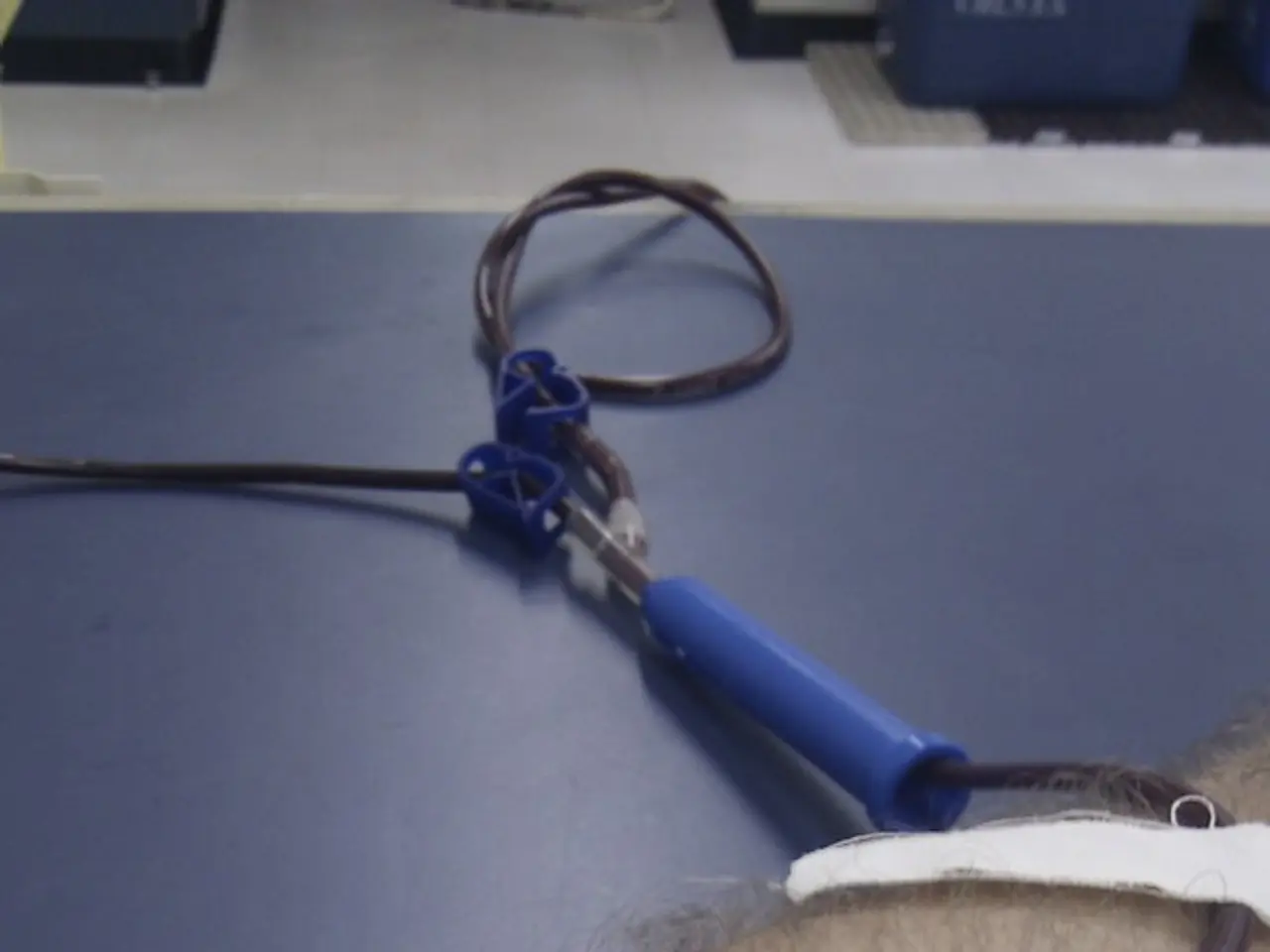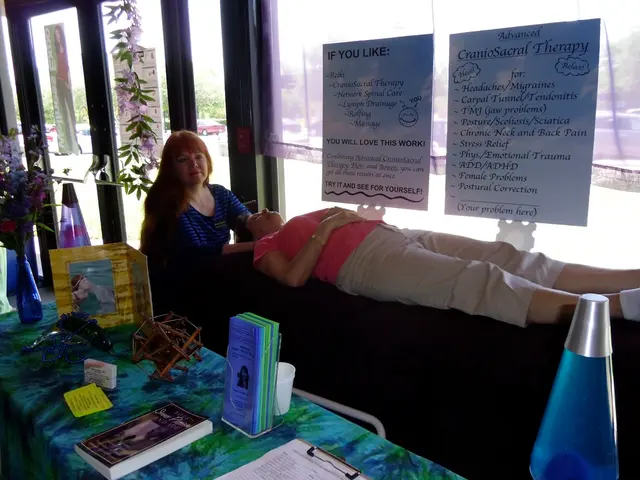Anticipating Your First Visit to a Med Spa: A Guide on What to Prepare
In the world of medical aesthetics, a visit to a med spa can be an exciting and transformative experience. From injectables like Botox and dermal fillers to laser therapy and facials, these non-surgical treatments offer a multitude of benefits for skin rejuvenation and anti-aging. However, it's essential to understand the importance of aftercare to ensure a smooth recovery and maximize the results of your treatments.
Common aftercare tips for first-time med spa clients focus on protecting, soothing, and supporting the skin's healing process post-treatment. Key recommendations include:
1. Hydrate and soothe the skin: Use gentle, calming moisturizers and avoid harsh products to help the skin recover.
2. Protect from sun exposure: Avoid direct sunlight for at least a week after treatments like laser hair removal or facials. If you must be outside, apply broad-spectrum sunscreen with SPF 30 or higher to prevent pigmentation changes or irritation.
3. Avoid active ingredients: Steer clear of products containing retinol, AHAs, BHAs, and vitamin C for at least 5–7 days (or as advised), as these can irritate sensitive post-treatment skin.
4. Do not pick, scratch, or peel: Resist the urge to pick, scratch, or peel any flaking or scabbing skin to prevent scarring and disruption of treatment results.
5. Keep treated areas clean and dry: Avoid hot showers or baths for 24-48 hours after procedures like laser hair removal.
6. Follow your provider’s specific instructions: Aftercare can vary depending on the treatment and your skin type, so it's crucial to follow your provider’s instructions carefully.
7. For laser hair removal, applying hydrocortisone cream can relieve itching or redness, and monitoring the skin for unusual symptoms is important.
8. After facials, resume makeup and normal skincare routines only when your provider says it's safe, generally waiting until the skin is no longer sensitive.
These practices help ensure a smooth recovery, amplify treatment benefits, and maintain long-term skin health. Personalized aftercare advice from your med spa provider is essential for the best outcomes.
Medical spas, which combine medicine and aesthetics, provide a wide range of treatments, including dermal fillers and facials. Dermal fillers use hyaluronic acid, a substance naturally found in the body, to restore the plumpness or volume of various treatment areas. A facial is a rejuvenating skincare treatment that combines cleansing, exfoliating, and nourishing the skin.
Before your visit, it's essential to research pricing expectations for medical spa treatments. Getting a facial is not only a rejuvenating experience but also a soothing, stress-relieving one. Remember, a successful first med spa visit involves a consultation with your provider to discuss your medical history, skin or body type, and aesthetic and personal goals.
By following these aftercare tips and working closely with your med spa provider, you can enjoy the benefits of these transformative treatments while ensuring a smooth and successful recovery.
- To ensure the healing process post-treatment, first-time med spa clients should use gentle, calming moisturizers and avoid harsh products, protect their skin from sun exposure, and avoid active ingredients like retinol, AHAs, BHAs, and vitamin C for a few days.
- For laser hair removal session, apply hydrocortisone cream to relieve itching or redness, monitor the skin for unusual symptoms, and keep treated areas clean and dry for 24-48 hours.
- After facials, wait for the provider's approval before resuming makeup and normal skincare routines, and follow their specific instructions for personalized aftercare advice to achieve the best outcomes and maintain long-term skin health.




